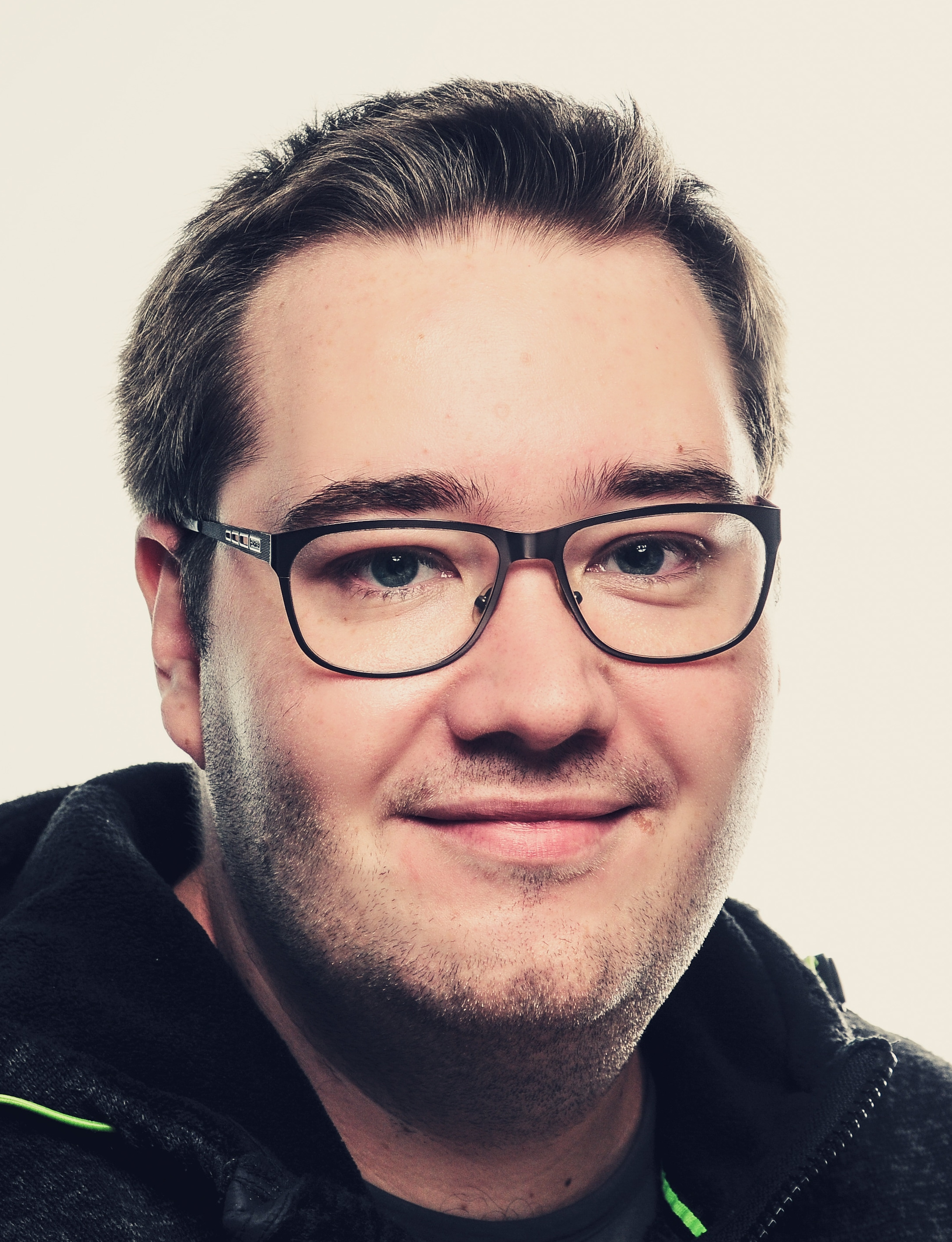Nils Herrmann M. Sc.
-

-
Theoretische Chemie
Greinstraße 4
D-50939 Cologne
Germany -
(+49) 221 - 470 - 6886 -
(+49) 221 - 470 - 6892 -
nils_herrmann@outlook.com
Undergraduate studies (B.Sc.):
Radical scavenging agents such as ascorbate are of great importance for the the human defense mechanism against reactive oxygen species. Of practical interest however is the pro-oxidant potential of ascorbate species, which could be used to selectively produce reactive oxygen species at cancerous cells to initiate their programmed cell death.
During my Bachelor studies I investigated reactions involved in the autoxidation process of ascorbate using DFT and Coupled-Cluster methods. Ionization potentials and Gibbs free energies hint towards a spontaneous autoxidation of the dianionic ascorbate, while the autoxidation of the monoanionic ascorbate may only be occurrent in a catalyzed mechanism.
All results are published in
N. Herrmann, N. Heinz, M. Dolg and X. Cao J. Comput. Chem. (2016) 37, 1914.
Graduate studies (M.Sc.):
Goldstone diagrams (especially of higher orders) possess a large variety of possibilities to be correctly illustrated (routed). In general, the layout of any Goldstone diagram for a given topology is neither unique nor well defined. When done by hand, finding an optimal layout quickly becomes a very complicated task.
During my Master studies I developed a genetic algorithm capable of transforming arbitrary Goldstone diagram topologies to an optimized layout. The algorithm is able to route non-trivial (several loops and line crossings) diagrams and the resulting diagrams were found to be qualitatively equivalent to manually routed ones.
All results are published in
N. Herrmann and M. Hanrath Theor. Chem. Acc. (2019) 138, 117 (preprint).
Ph.D. studies (Dr. rer. nat.):
Any approximate many-body method (such as Coupled-Cluster) should conserve the spin quantum numbers S and Sz . For Coupled-Cluster this is the case, if the reference wavefunction is a proper spin eigenfunction and if the Cluster operator T̂ commutes with both the Ŝz and the Ŝ2 operators. Any such T̂ operator is called spin-adapted. For open-shell reference determinants, the application of a non-spin-adapted T̂ operator may lead to (i) no proper spin eigenfunction and (ii) a not necessarily complete spin space. While (i) is rather easily solved by using a spin-adapted T̂ operator, the solution of (ii) has drastic implications on the Coupled-Cluster theory itself.
In my PhD studies, I worked on a general open-shell spin-adapted Coupled-Cluster implementation for arbitrary substitution orders. Special emphasis is made upon the fast selection of spin-complete linear independent substitution operators.
Results are published in
N. Herrmann and M. Hanrath J. Chem. Phys. (2020) 153, 164114 (preprint) .
N. Herrmann and M. Hanrath Mol. Phys. e2005836 (preprint).
N. Herrmann and M. Hanrath J. Chem. Phys. (2022) 156, 054111 (preprint)..